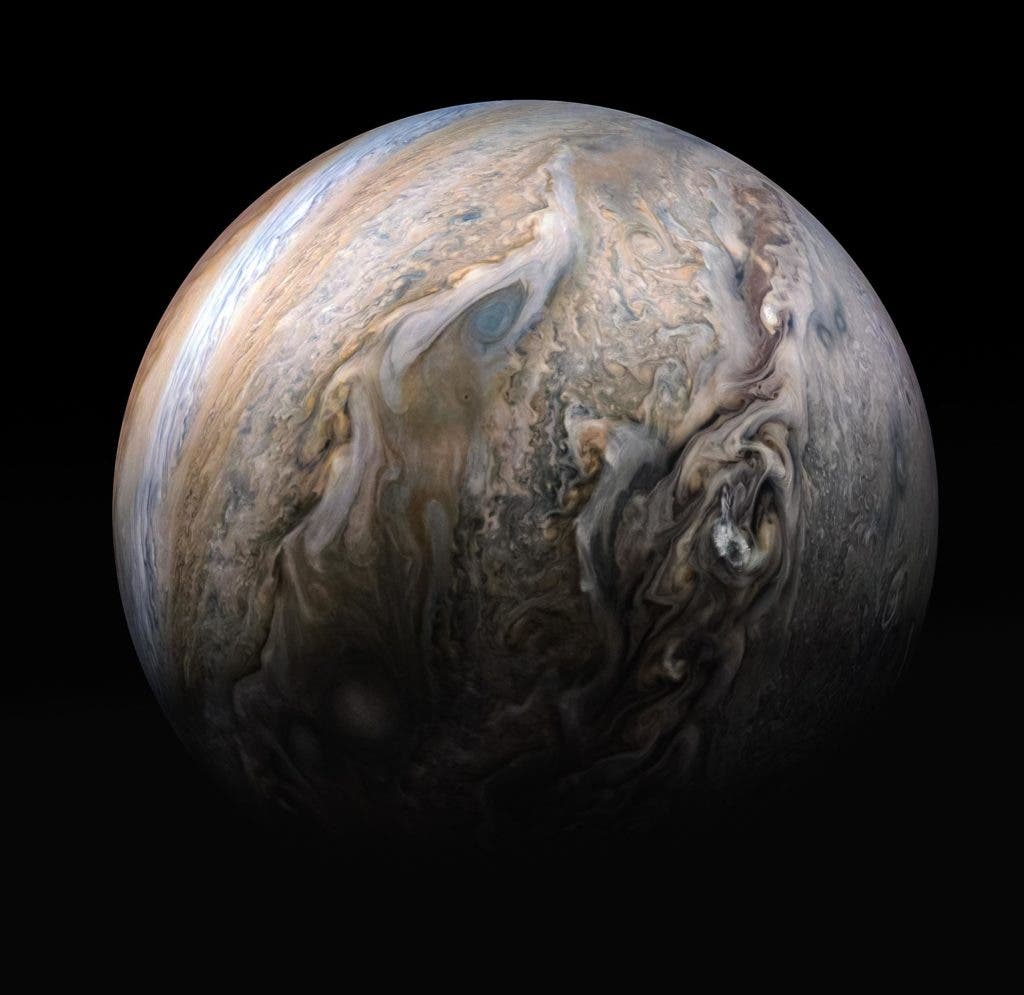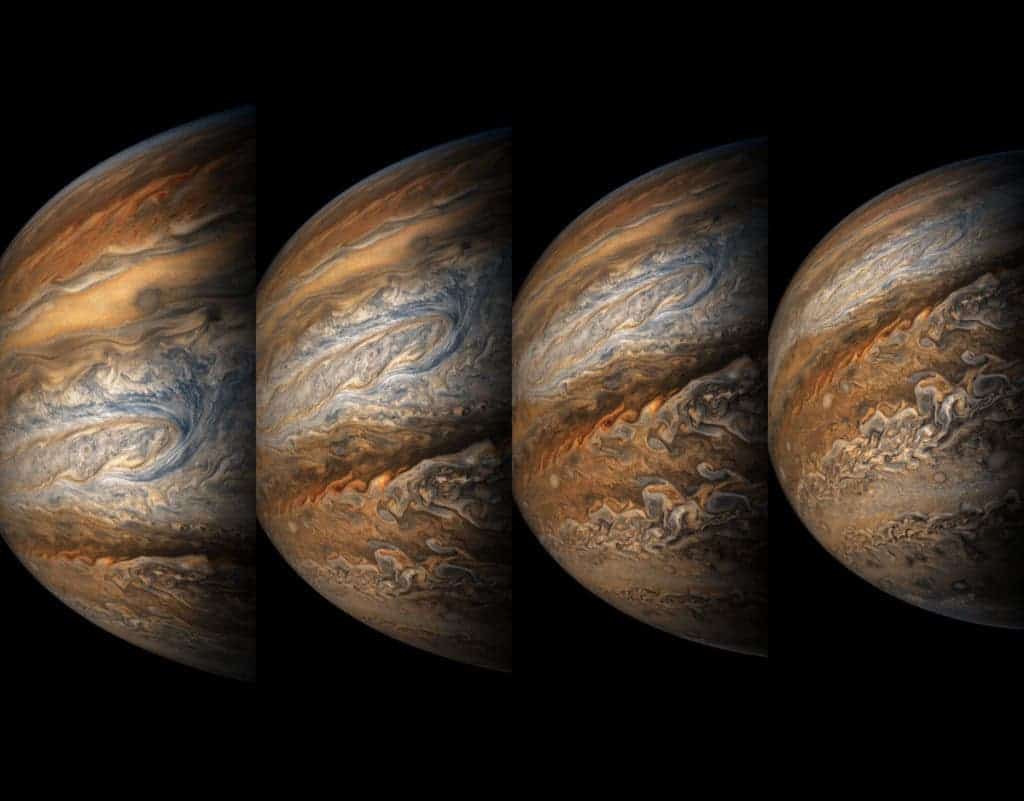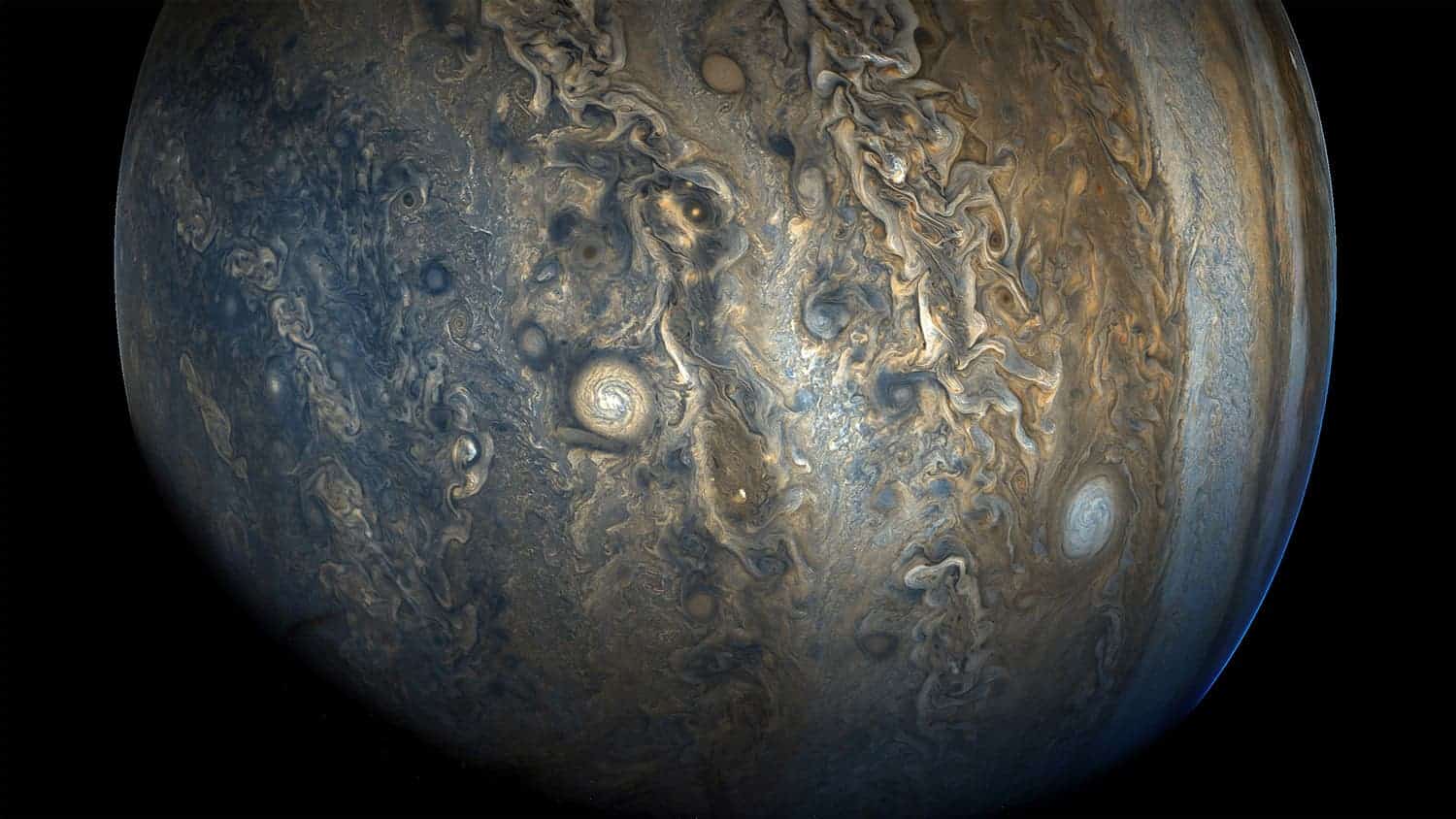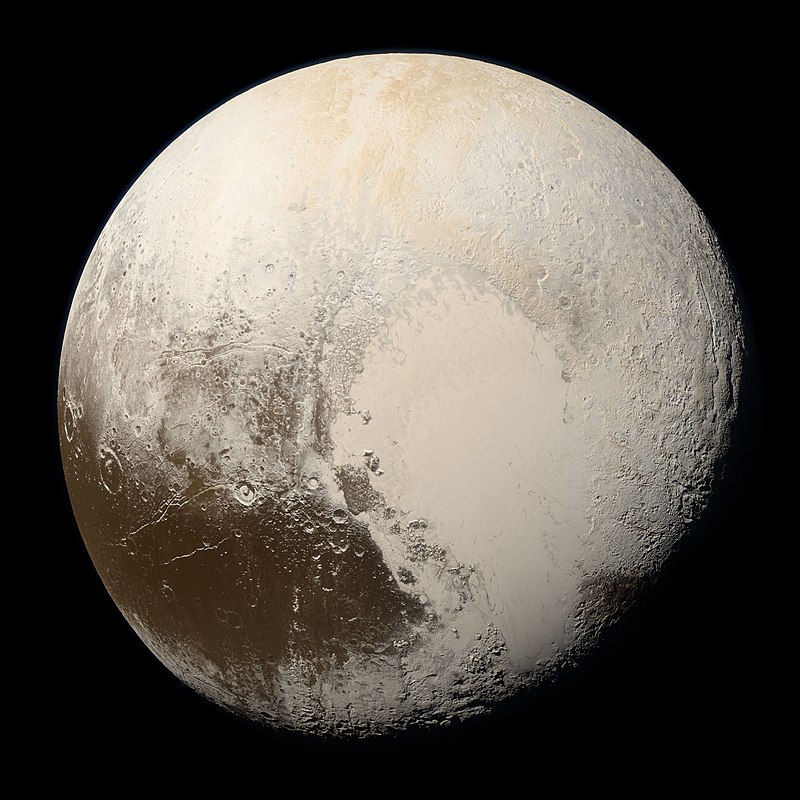Planets come in all sha… planets come in various sizes. But, some of the most striking characteristics that set them apart are their physical and chemical particularities, which we use to categorize the myriad of planets we’ve found in space.

I like planets. I like them so much I live on one. They’re heavy enough for gravity to make them round, their orbits are clear of debris, and they don’t burn like stars do. But, there’s a lot of variation in what they are and the experience they offer.
So, today, I’d thought it would be exciting to look at all the different types of planets — some of which we’ve seen in the great expanse of space, some of which we’re only expecting to find. In no particular order, they are:
Brown Dwarfs

Image credits NASA / JPL-Caltech.
A star is a delicate system where gravity compresses and heats everything up while the nuclear fusion at their core pushes outwards. With too much pressure, electrons can’t move freely, so the reaction stops. With too much ‘boom’, there’s not enough pressure to keep the reaction going.
Teetering on the edge of starhood, brown dwarfs have outgrown any definition of a ‘planet’. Yet, they’re just not quite a star. Ranging from 13 to 80 times the mass of Jupiter, brown dwarfs are immense embers barreling through space, fusing deuterium and lithium to keep themselves slightly alight. However, they need yet more matter to be able to fight their own gravity, so they can’t ignite.
Brown dwarfs aren’t planets. They don’t form like planets — they form like stars. Instead of material slowly clumping together, brown dwarfs are born from clouds of gas collapsing in on themselves.
Gas Giants

Image credits NASA / JPL-Caltech.
The chonk de la chonk, gas giants are the largest planets to ever dot the universe. They are composed primarily (>90%) of hydrogen and helium (the two simplest elements in the periodic table) with traces of other compounds thrown in for good measure. Hydrogen and helium give these planets an overall brown-yellow-ocher palette, with water and ammonia clouds peppering their highest layers white. Owing to the nature of their bodies, these giants are blanketed by wild storms and furious winds.
We don’t know much about their cores, only that it has to be immensely hot (around 20,000 Kelvin, K) and pressurized in there. The main hypotheses hold that gas giants either have molten rocky cores surrounded by roiling oceans of gas, diamond cores, or ones made of super-pressured (metallic) hydrogen nuggets.

Image credits NASA / JPL-Caltech.
They are sometimes called ‘failed stars’ because hydrogen and helium keep stars running, but gas giants don’t have enough mass to spark nuclear fusion. We have two of them in the solar system, Jupiter and Saturn.
Most exoplanets we’ve found so far are gas giants — just because they’re huge and easier to spot.
Ice Giants

Image credits NASA / JPL-Caltech / Kevin M. Gill.
Very similar to gas giants but won’t return your texts. Ice giants are believed to swap out hydrogen and helium (under 10% by weight) in favor of oxygen, carbon, nitrogen, and sulfur, which are heavier. Boiled down, we don’t really know what elements these planets are made of — their (admittedly thin) hydrogen envelopes hide the interior of the planets, so we can’t just go and check. This outer layer is believed to closely resemble the nature of gas giants.
Still, it is believed that, while not entirely made of the ice we know and love here on Earth exactly, there is water and water ice in their make-up. They get their name from the fact that most of their constituent matter was solid as the planets were forming, and because planetary scientists refer to elements with freezing points above about 100 K (such as water, ammonia, or methane) as “ices”.
Ice giants are, as per their name, quite gigantic, but they tend to be smaller than gas giants. However, owing to their much-denser make-up, they are also more massive overall. There are two ice giants in our solar system, Uranus and Neptune. Water, in the form of a supercritical ocean beneath their clouds, is believed to account for roughly two-thirds of their total mass.
Both ice giants and gas giants have primary atmospheres. The gas they’re made from was accreted (captured) as the planets were forming.
Rocky Planets

Image credits NASA / JPL-Caltech.
Also known as terrestrial or telluric planets (from the Latin word for Earth), they are formed primarily of rock and metal. Their main feature is that they have a solid surface. Mercury, Venus, Earth, and Mars, the first four from the Sun, are the rocky planets of our solar system.
To the best of our knowledge rocky planets are formed around a metallic core, although the hypothesis of coreless planets has been floated around.
Atmospheres, if they have one, are secondary — formed from captured comets or created via volcanic or biological activity. Rocky planets also form primary atmospheres but fail to retain them. Secondary atmospheres are much thinner and more pleasant than those of Saturn or Uranus. That’s not to say a secondary atmosphere can’t influence its planet: Venus’s rampant climate disaster is a great example.

Image credits NASA.
Mercury, with a metallic core of 60–70% of its planetary mass, is as close as we’ve found to an Iron planet. Both those and the much more bling Carbon planets thus remain hypothetical. Another exciting and cool-named hypothetical class of rocky planets are Chthonians, the rock or metal cores of gas giants stripped bare.
Rocky worlds can harbor liquid water, terrain features, and potentially tectonic activity. Tectonically-active planets can also generate a magnetic field.

Image via Wikimedia.
Such planets come in many different sizes. Earth is Earth-sized, Mercury is only about one third of it, while Kepler-10c is 2.35 times as large as our planet. Density is also a factor. Without going to a planet and studying its interior structure, it’s impossible to accurately estimate its density. As a rule of thumb, however, uncompressed density estimates for a rocky planet tend to be lower the farther away it orbits its star. It’s likely that planets closer to the star would thus have a higher metal (denser) content, while those further away would have higher silicate (lighter) content. Gliese 876 d is 7 to 9 times the mass of Earth.
The first extrasolar rocky planets were discovered in the early 1990s. Ironically, they were found orbiting a pulsar (PSR B1257+12), one of the most violent environments possible for a planet. Their estimated masses were 0.02, 4.3, and 3.9 times that of Earth’s.
Ocean planets

Its also an ocean moon.
Image via Wikimedia.
These planets contain a large amount of water, either on the surface or subsurface. They’re an offshoot of the rocky planet, either covered in liquid water or an ice layer over liquid water. We don’t know very much about them or how many there are out there because we can’t yet spot liquid surface water, so we use atmosphere spectrometry as a proxy.
Earth is the only planet on which we’ve confirmed the existence of liquid water at the surface so far. And although water does cover around 71% of the Earth, it only makes up for 0.05% of its mass, so we’re not an Ocean planet. On these latter ones, waters are expected to run so deep that they would turn to (warm) ice even at high temperatures (due to the pressure).
This type of planet remains one of the likeliest to harbor extraterrestrial life.
Dwarf planets

Image via Wikimedia.
Fan-favorite Pluto, along with Ceres, Haumea, Makemake, and Eris are the dwarf planets of our solar system. Dwarf planets kind of stride the line between planets and natural satellites. They’re large enough to hold their own stable shape, even to hold moons themselves, but not enough to clear their orbit of other material.
Moons

Image credits NASA / JPL-Caltech / University of Nantes / University of Arizona.
Not technically planets because they orbit another planet, moons are nevertheless telluric bodies that vary in size from ‘large asteroid’ to ‘larger than Mercury’. Titan, Saturn’s largest moon, has its own atmosphere.
There are six planets in the Solar System that sum up to 185 known natural satellites, while Pluto, Haumea, Makemake, and Eris also harbor their own moons.
Rogue planets
These are the planets your parents warned you about.
Rogue planets deserve a mention on this list despite the fact that they don’t orbit a star. They are, for all intents and purposes, planets that orbit the galactic core after being ejected from the planetary system in which they formed. It is also possible that, somehow, they formed free of any stellar host. PSO J318.5−22 is one such planet.


